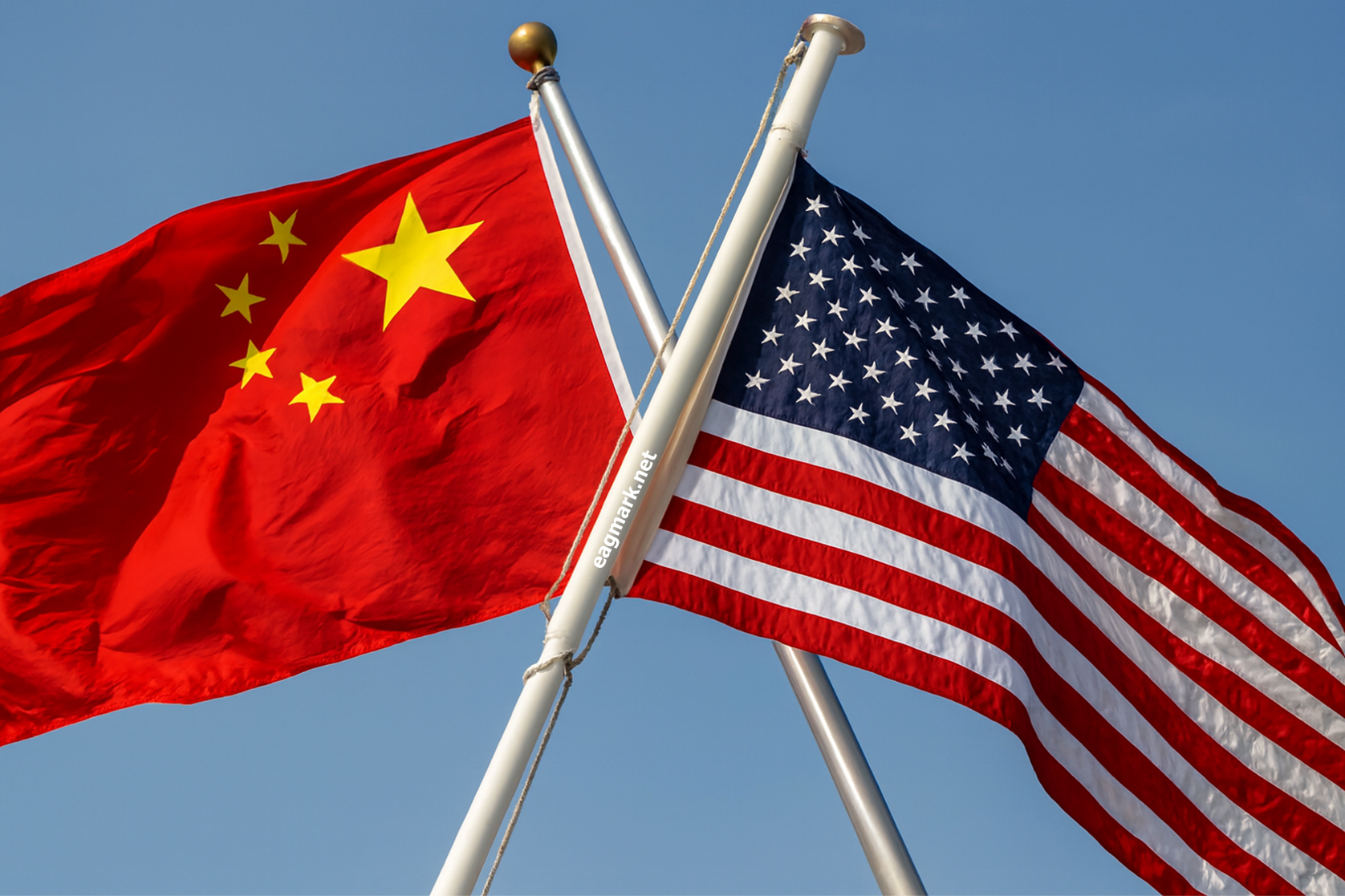
The United States and China have reached an agreement that will see Beijing resume substantial purchases of American soybeans, providing critical relief to producers who have faced a de facto boycott since May 2025.
Treasury Secretary Scott Bessent announced Thursday on Fox Business Network's "Mornings with Maria" that China agreed to purchase 12 million metric tons of soybeans between now and January, with commitments to buy at least 25 million metric tons annually over the next three years.
The announcement followed a meeting between President Donald Trump and Chinese President Xi Jinping in Busan, South Korea, on October 30, 2025. The leaders met for approximately one hour and 40 minutes on the sidelines of the Asia-Pacific Economic Cooperation summit.
Scale and Context of the Agreement
The 25 million metric tons translate to approximately 918 million bushels annually. Ed Usset, a grain market economist at the University of Minnesota's Center for Farm Financial Management, provided perspective on these volumes.
"Over the last decade, we've routinely sent a billion bushels to billion two just to China every year," Usset told PBS News. He noted this represents 25 percent of total U.S. soybean demand.
The announced purchase level equals what China bought during the 2023-24 marketing year, which represented 54% of all U.S. soybean exports. Between 2019 and 2020, Chinese soybean imports from the U.S. topped 34 million metric tons before declining in subsequent years.
Regional Impact on Transportation Infrastructure
The agreement carries particular significance for producers in Minnesota, the Dakotas, and other Upper Midwest states. More than half of Minnesota's soybeans are exported, traveling by train to the Pacific Northwest for shipment to China and other Asian countries.
Over recent decades, rail infrastructure adapted to handle massive volumes destined for China. Shuttle trains became longer, and terminals in western Minnesota increased capacity to handle runs as frequently as 2.5 times per month to West Coast ports.
Market Disruption and Financial Strain
China imposed retaliatory tariffs on U.S. soybeans in response to Trump administration trade measures, effectively halting all purchases since May 2025. From January through August 2025, U.S. soybean exports to China totaled just 218 million bushels, down from 985 million bushels during the same period in 2024.
The loss of Chinese demand contributed to soybean prices remaining in the $9-$10 per bushel range, compared to prices at least $3 higher within the past five years. Usset indicated these prices fall below production costs for nearly all growers.
Minnesota farmer Ryan Mackenthun described receiving $9.13 per bushel for a recent load—a dollar below his previous year's average and well below his production costs, which he estimated resulted in losses of approximately $100 per acre.
South American Competition
During the U.S. market absence, South American producers aggressively expanded their market share. Brazil exported about 2.5 billion bushels of soybeans to China from January through August 2025. Brazil accounted for approximately 65% of China's soybean imports in the first half of 2025.
Brazil's soybean production increased from 4.5 billion bushels in the 2017/18 crop season to 6.3 billion bushels in 2024/25. Argentina also increased exports, temporarily suspending its soybean export tax in September to enhance competitiveness.
Broader Trade Framework
The soybean agreement formed part of a larger trade understanding reached in South Korea. Trump announced the U.S. would lower the overall tariff rate on Chinese goods from 57% to 47%. China agreed to pause for one year the export controls on rare earth elements that had been announced on October 9.
Trump indicated he plans to visit China in April 2026, with Xi visiting the United States at a later date.
Expert Analysis and Market Response
Former U.S. Ambassador to China Nicholas Burns cautioned that the agreement represents "an uneasy truce in a long, still simmering trade war" rather than a comprehensive resolution.
Soybean futures initially dropped as much as 2.2% following the summit before erasing losses after Bessent's specific purchase commitments, rising 0.2% to $10.965 per bushel.
However, uncertainty remains about implementation. China's Ministry of Commerce simply stated the two sides agreed to expand agricultural trade without providing specific purchase figures, creating some ambiguity about enforcement mechanisms.
Long-Term Market Considerations
The agreement provides immediate relief, but questions persist about whether U.S. producers can fully reclaim market share lost to South American competitors. During the 2025 marketing year, China did not book any U.S. soybeans—a departure from normal patterns where approximately 40% of anticipated sales would typically be committed by late October.
Agricultural economist Megan Roberts of Compeer Financial in Mankato noted discussions about whether the market represents a "secular risk that is not going to cycle back up," suggesting fundamental changes to commodity supply and demand dynamics.
The soybean sector's experience parallels broader challenges facing U.S. agriculture. USDA projects U.S. agricultural exports to China will total $17 billion in 2025, down 30% from 2024 and more than 50% from 2022.
For now, producers across the Midwest are cautiously optimistic that the agreement will stabilize markets and provide a foundation for rebuilding trade relationships disrupted over recent months.
